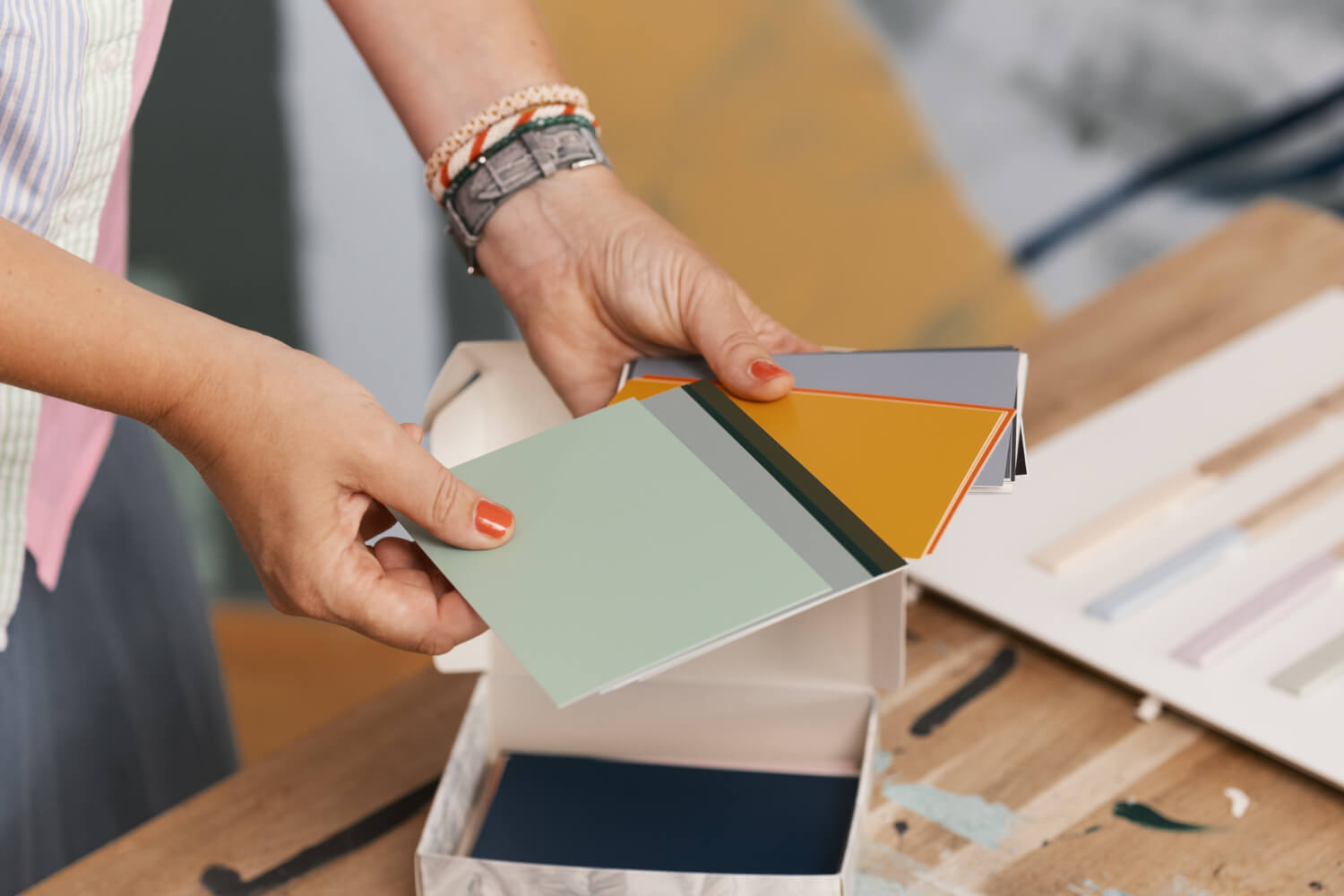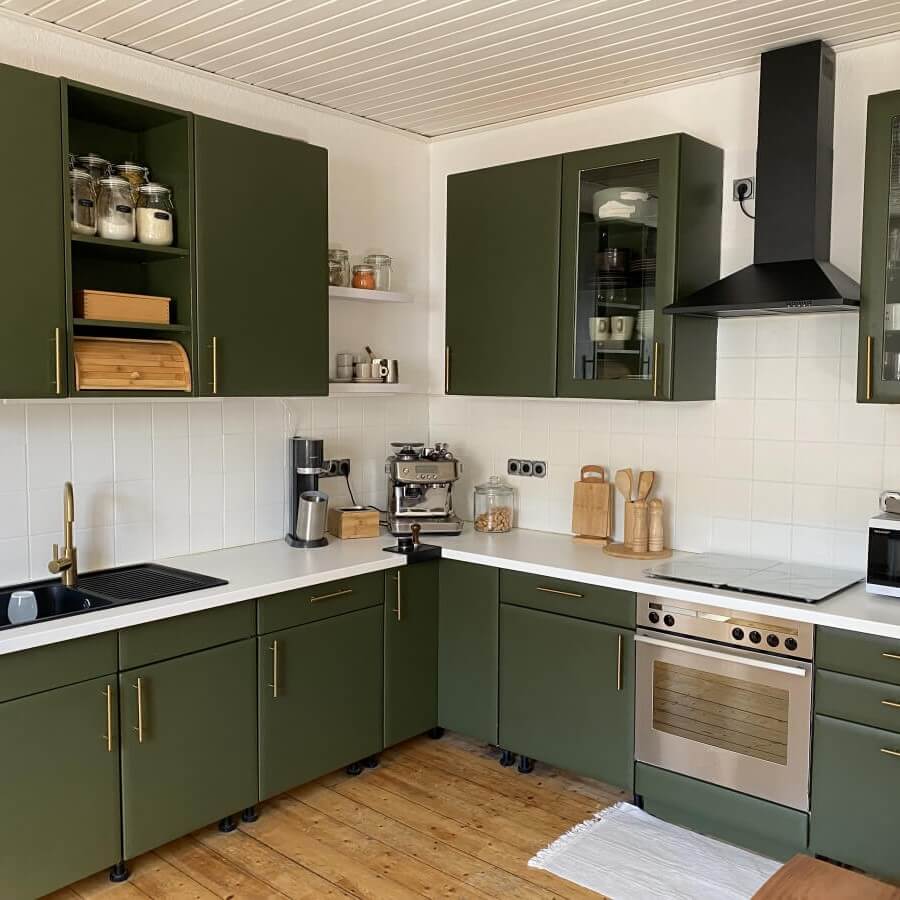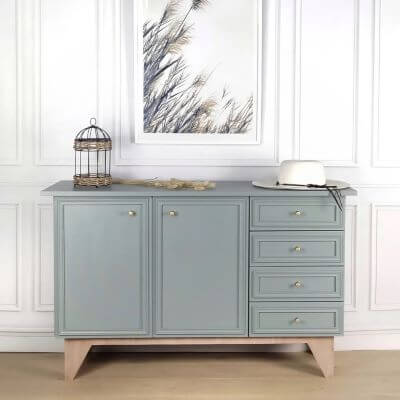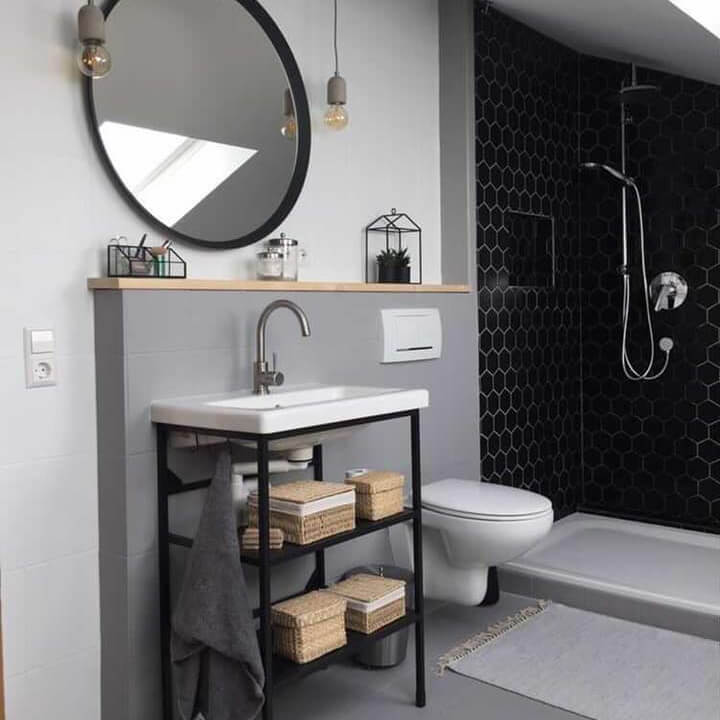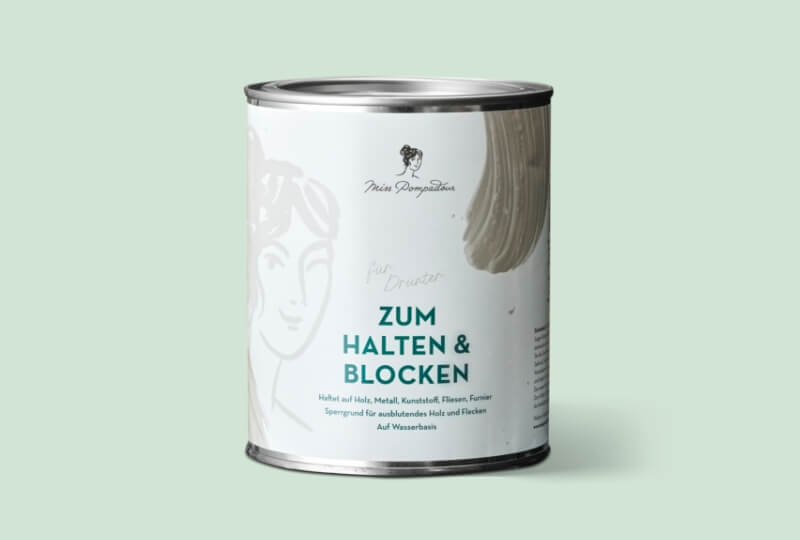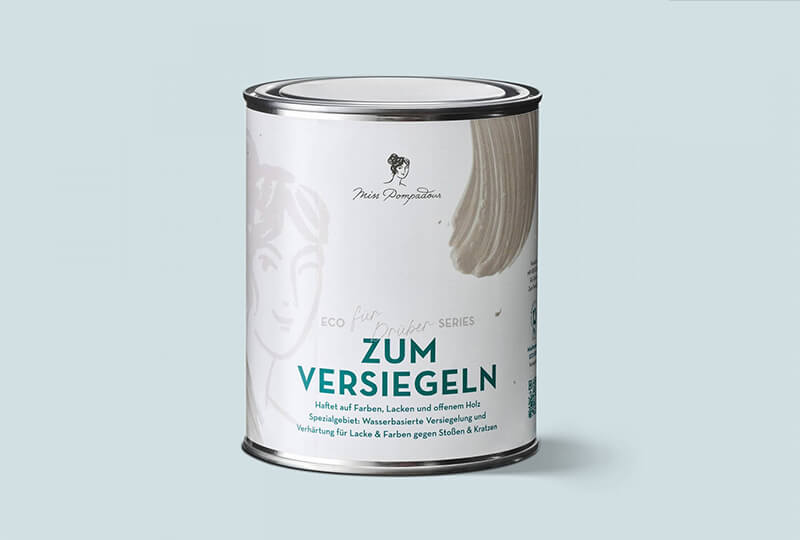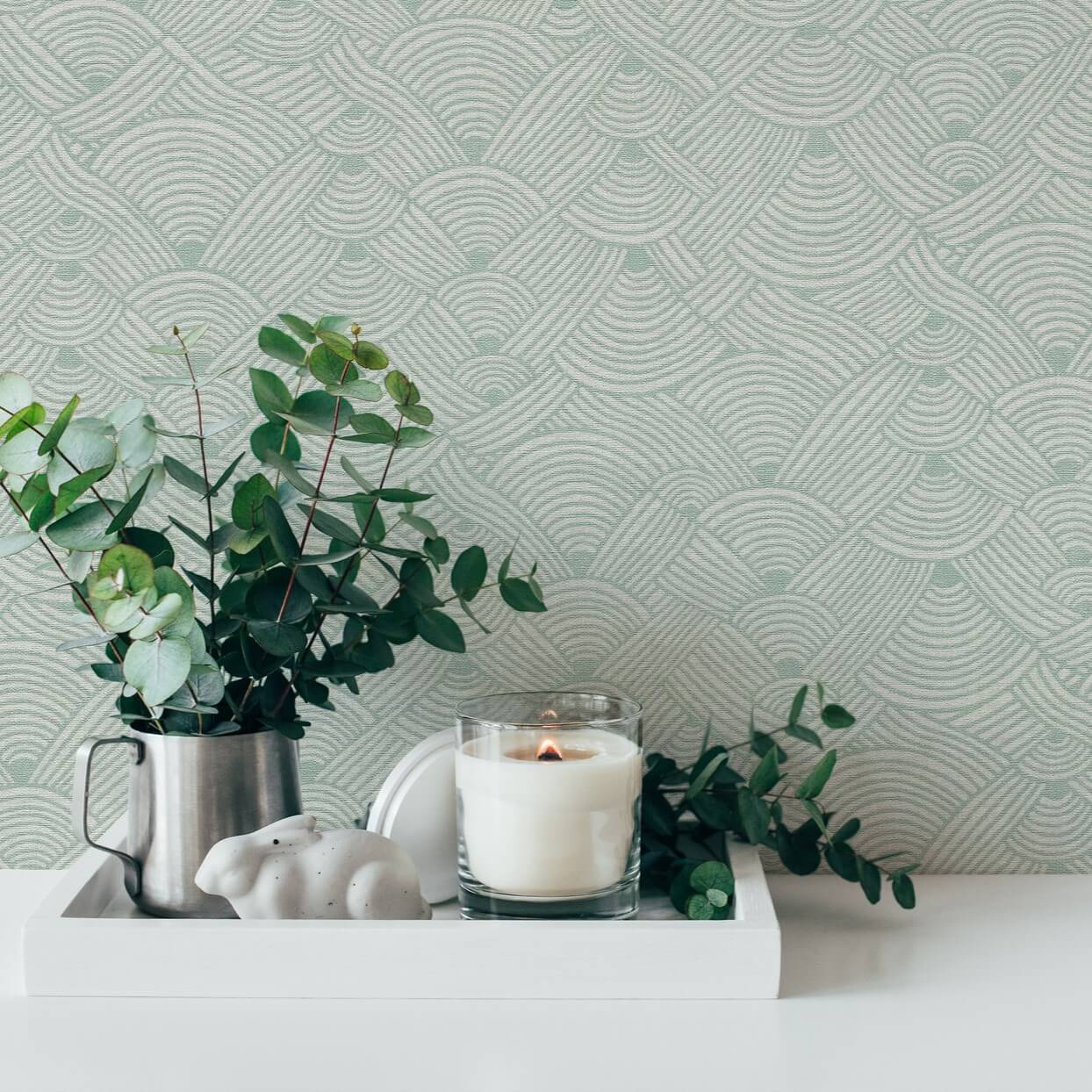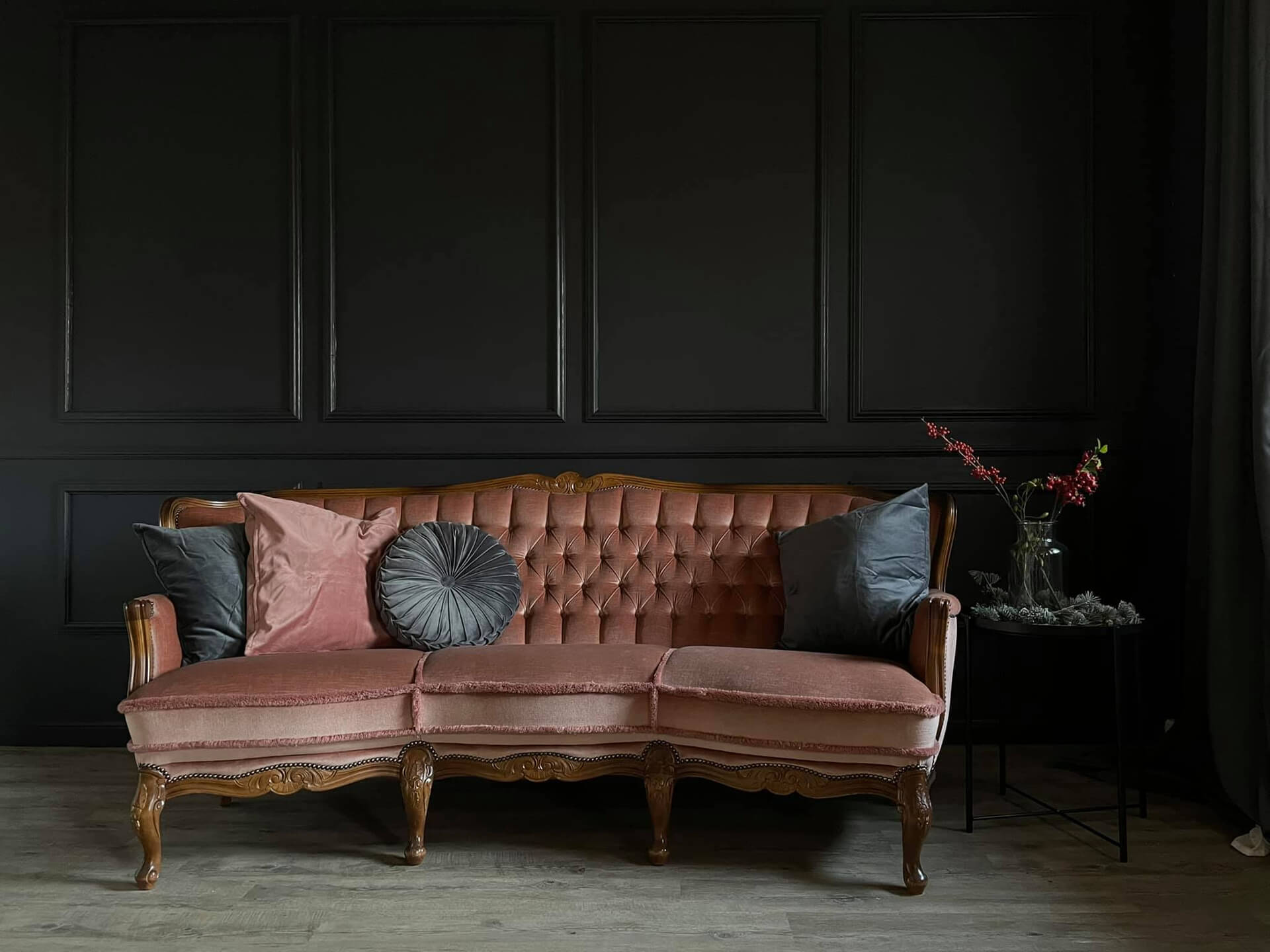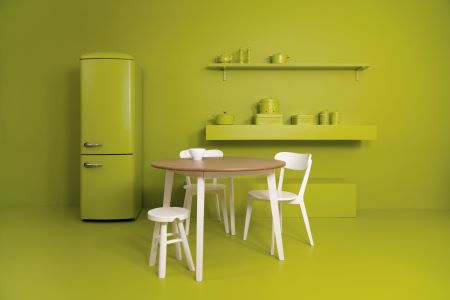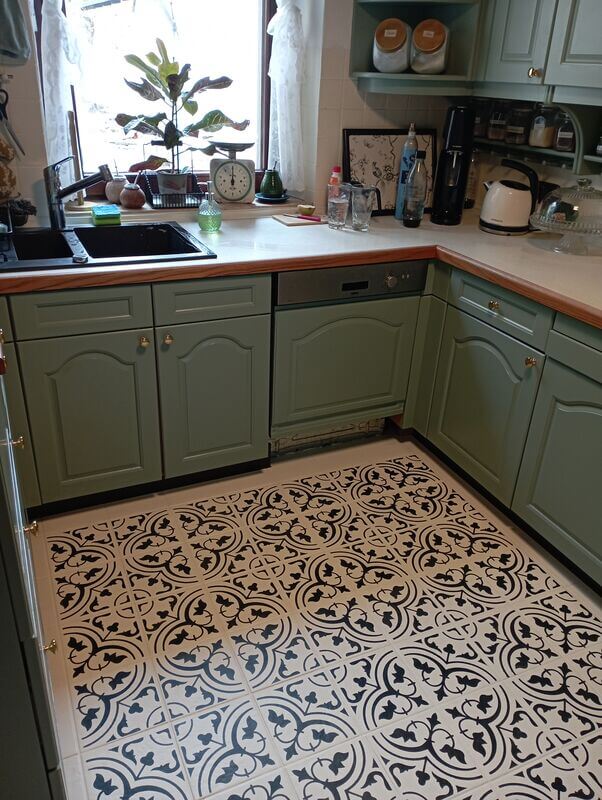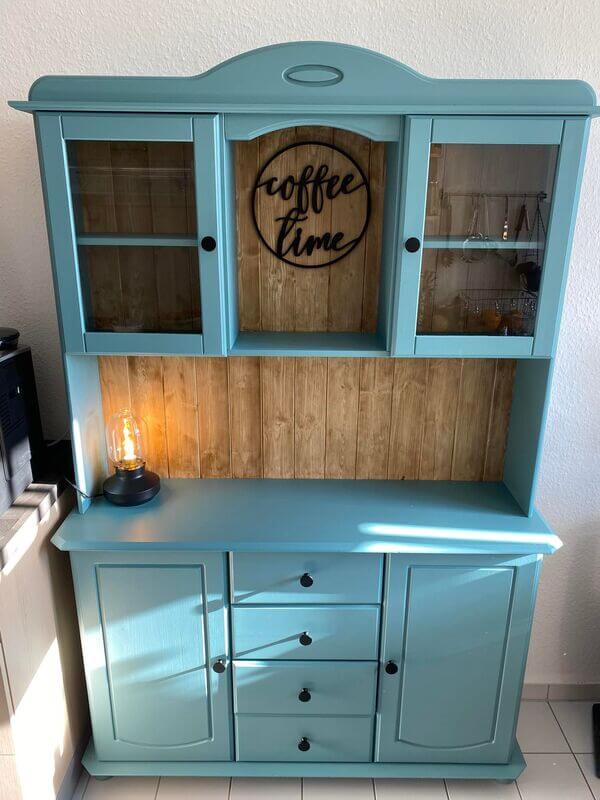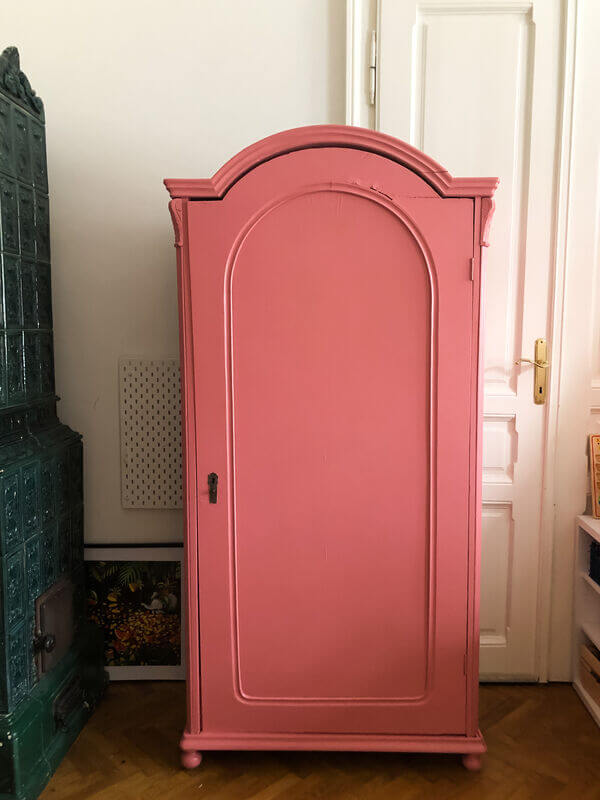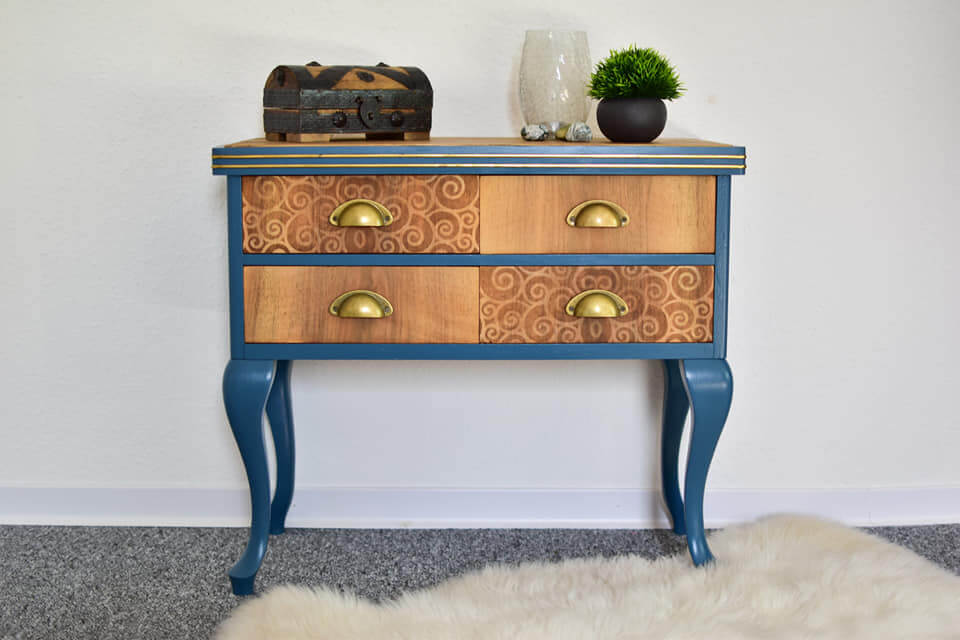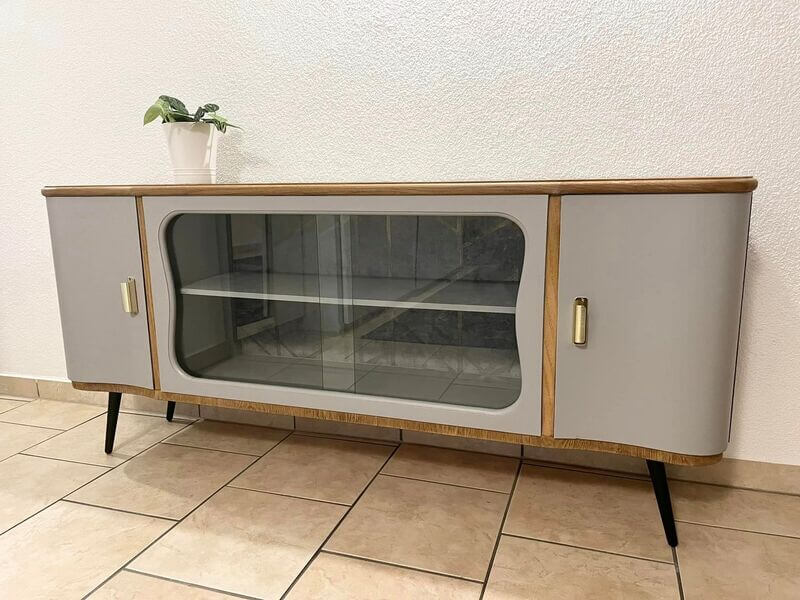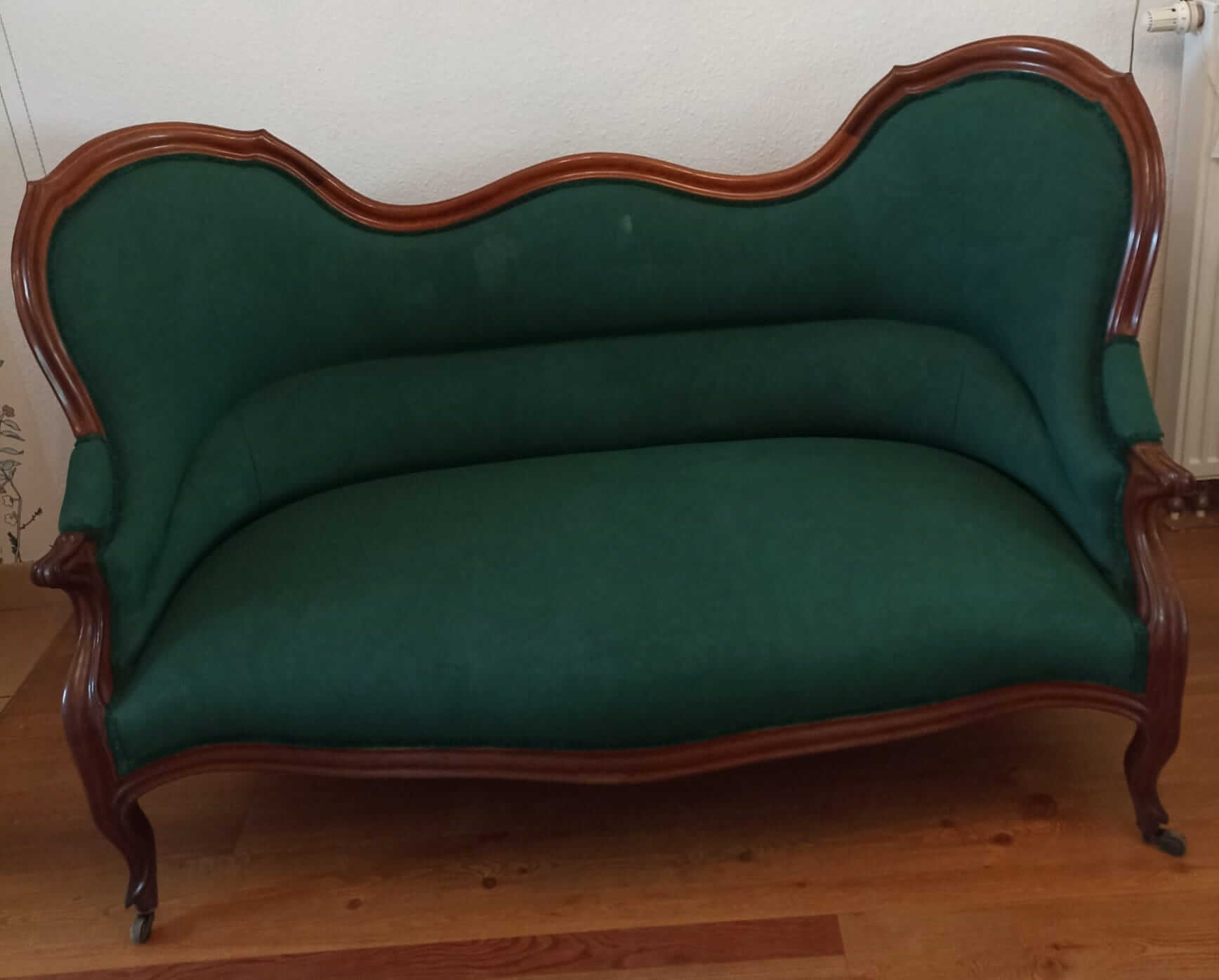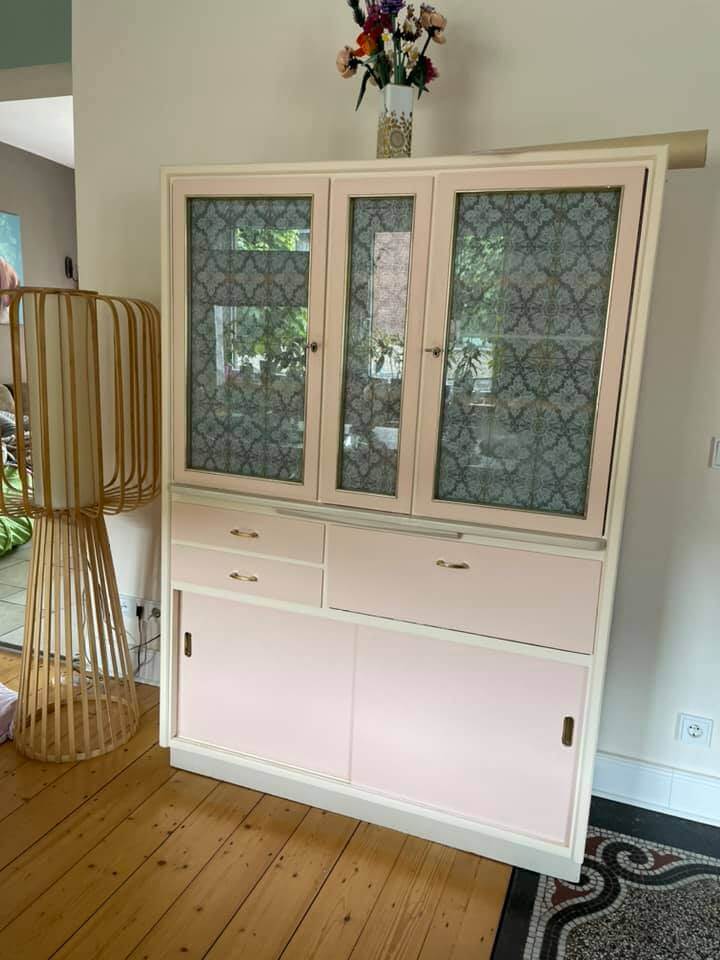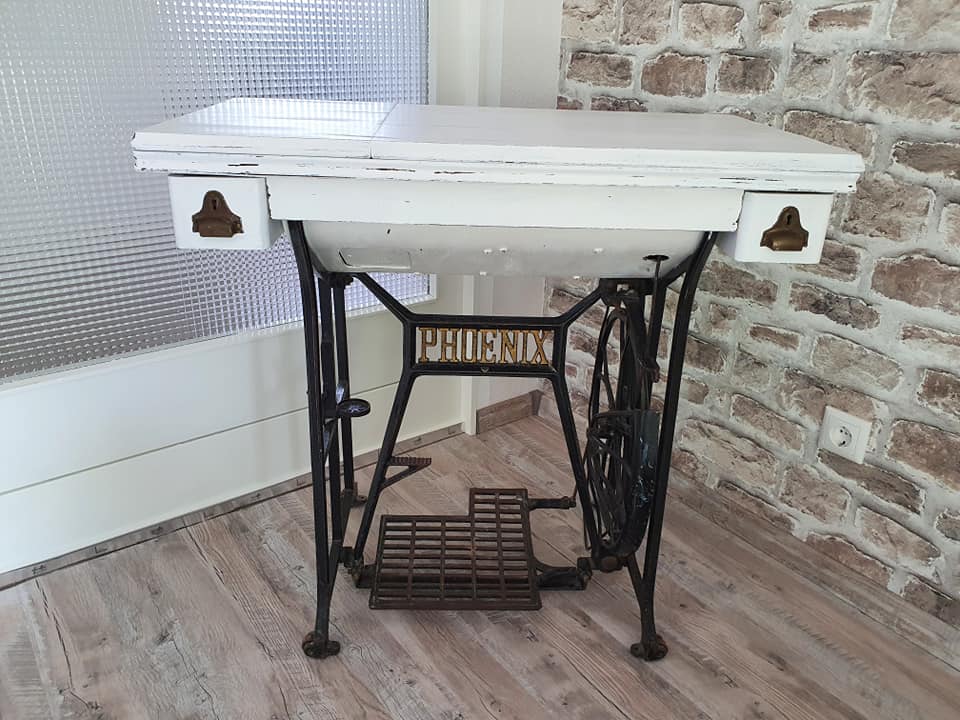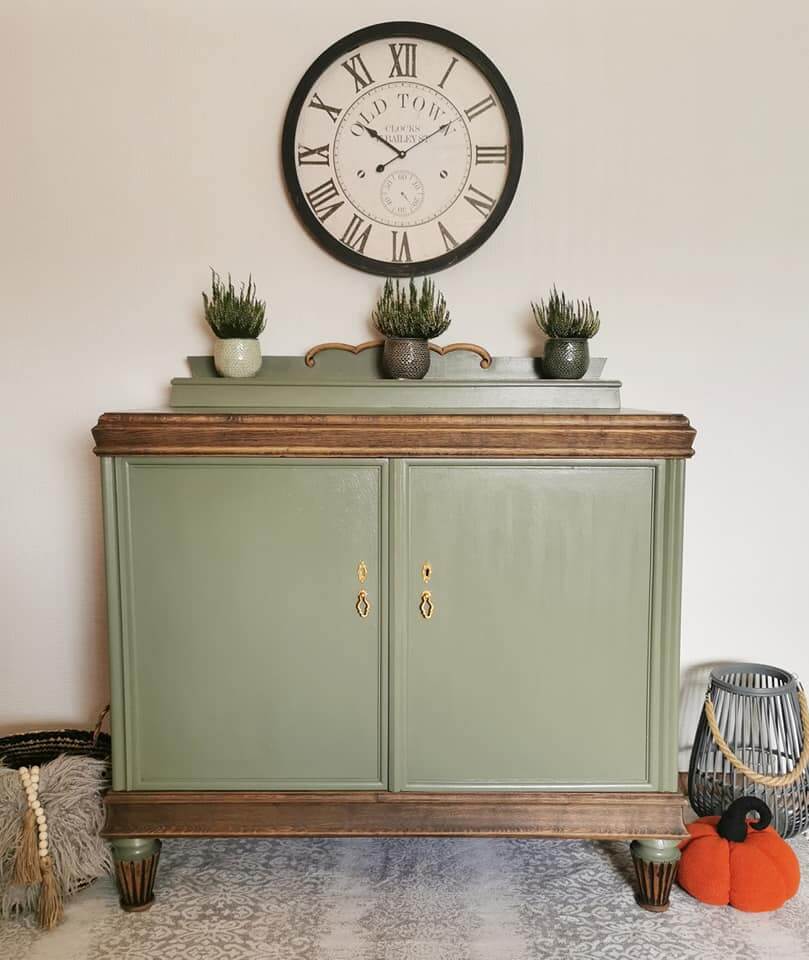Retro Style: Colours and Furnishings Vintage Look
In Colour Worlds & Inspiration · 8 min reading time
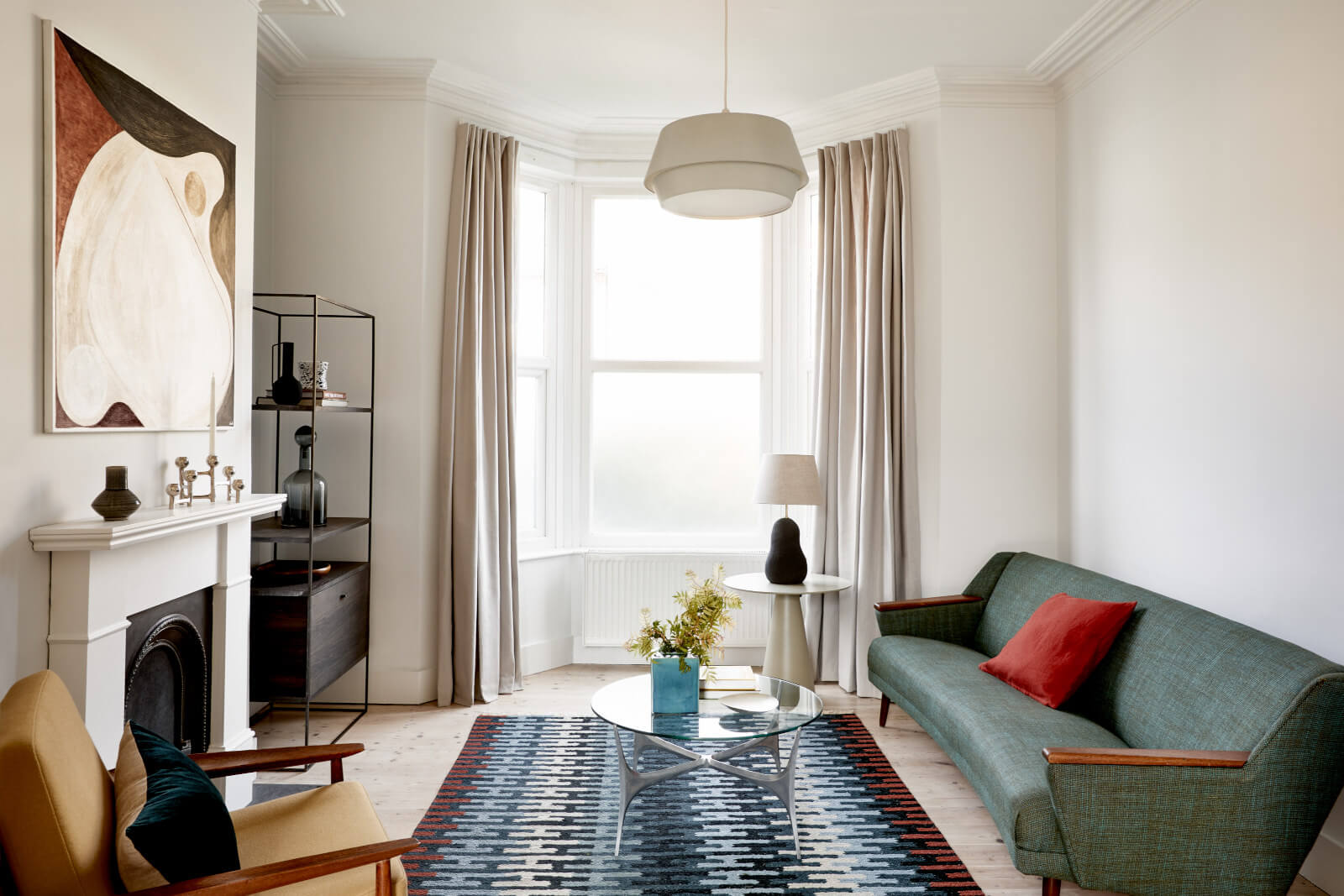
The popular retro style is immediately recognisable - by expressive patterns and strong colours such as orange, red and green, which convince with expressive character. Add velvety or plush armchairs and striking short or long pile rugs. If you feel like making your interior style a little more retro, we have a few important tips for you here.
Retro interior design ideas: Before/After pictures from our painting community
Do you want to furnish your home in retro or vintage style and are looking for ideas and inspiration? Our MissPompadour painting community has already tried out a few things here and provides you with exciting retro living ideas:
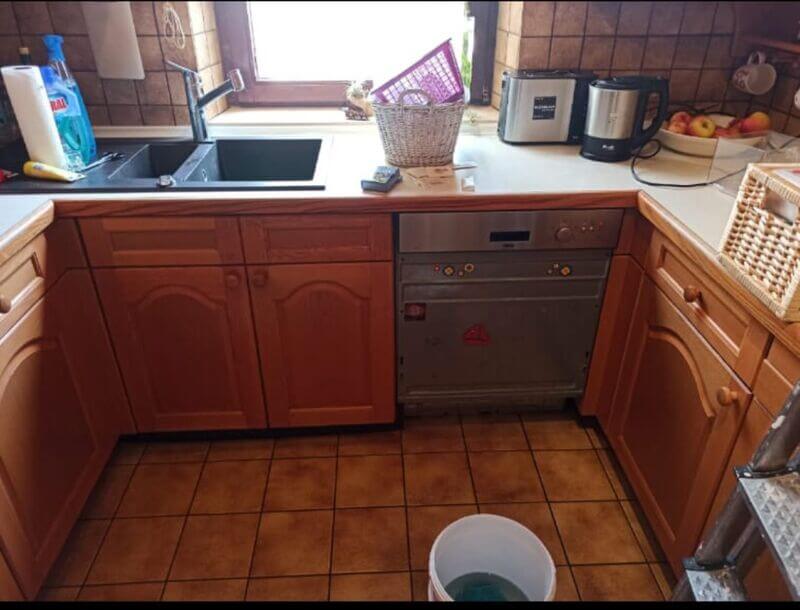
Before
- Not only the kitchen, but also the tiles were no longer to our customer's taste.
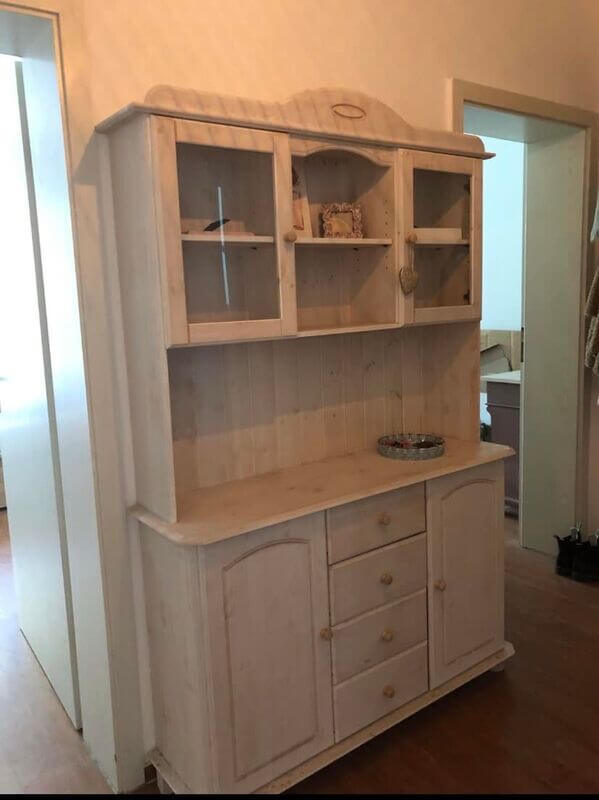
Before
- The old buffet was in far too good condition to end up in the bulky waste.
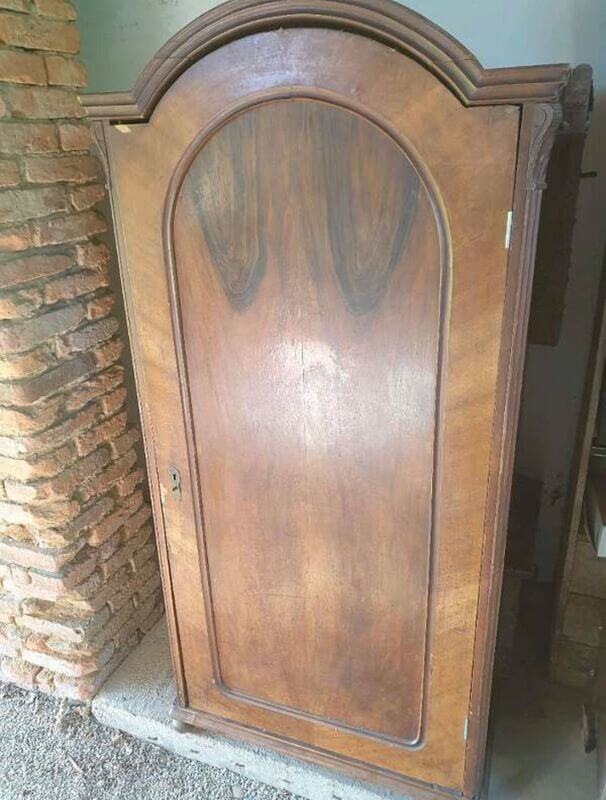
Before
- Our customer wanted more pizzazz for her old wardrobe.
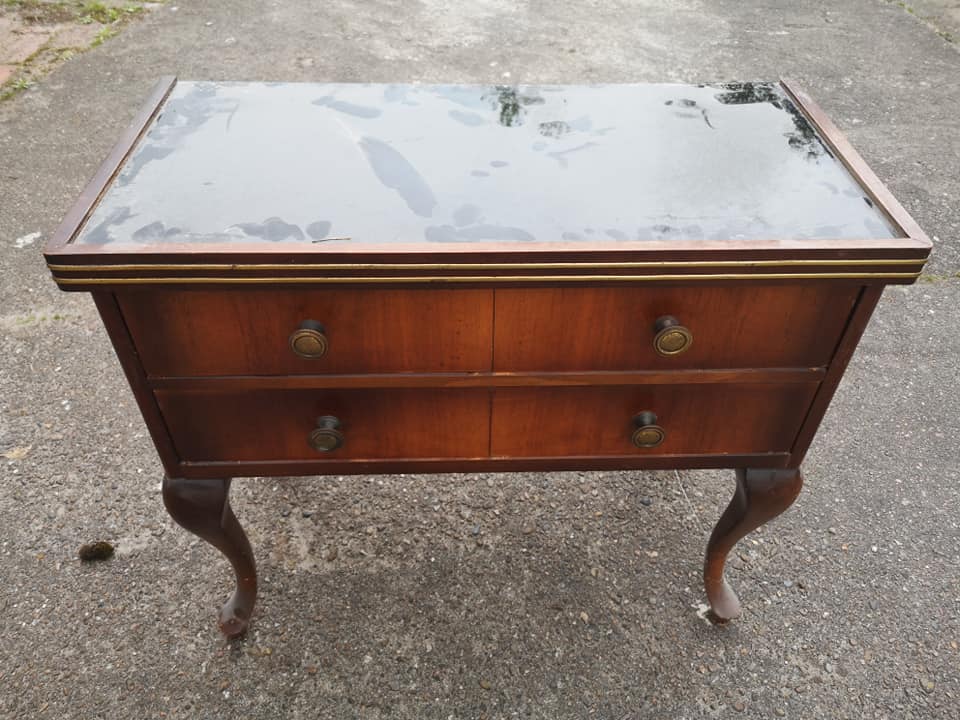
Before
- This old table was a bit dusty.
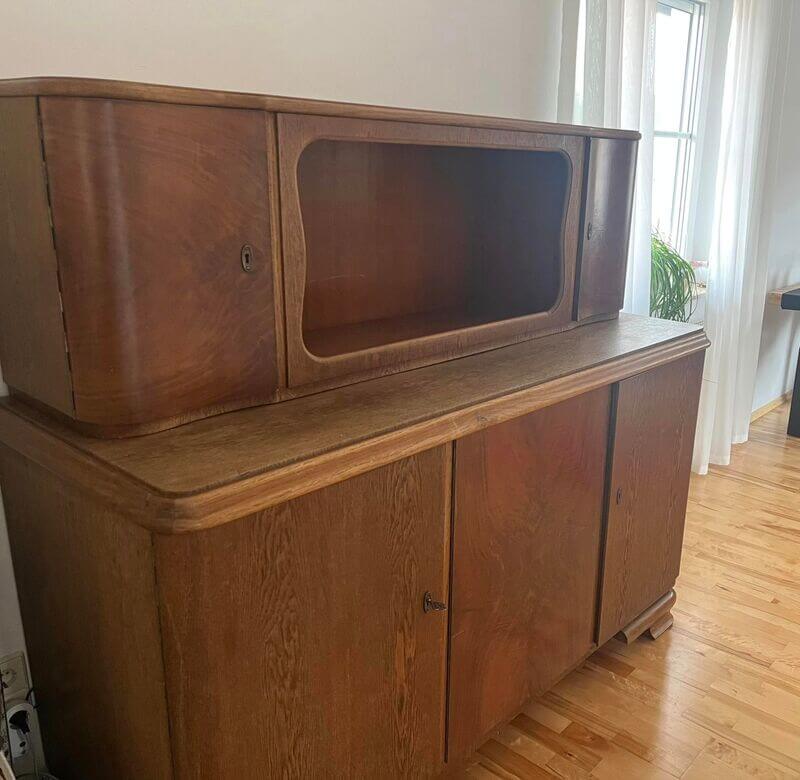
Before
- Such chests of drawers used to stand in many living rooms.
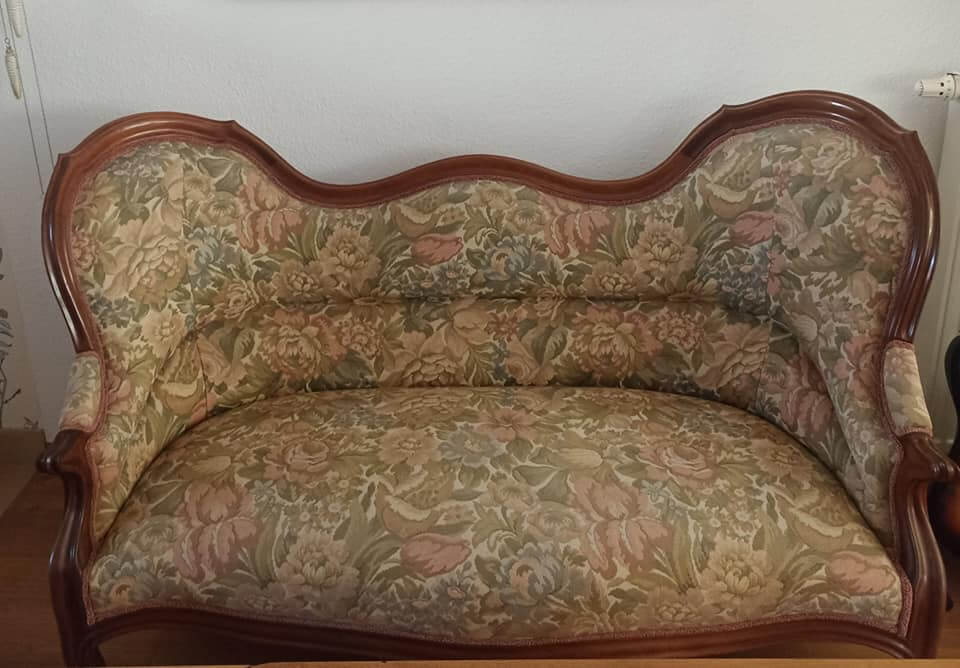
Before
- The pattern of the old sofa simply no longer matched the rest of the style of the house.
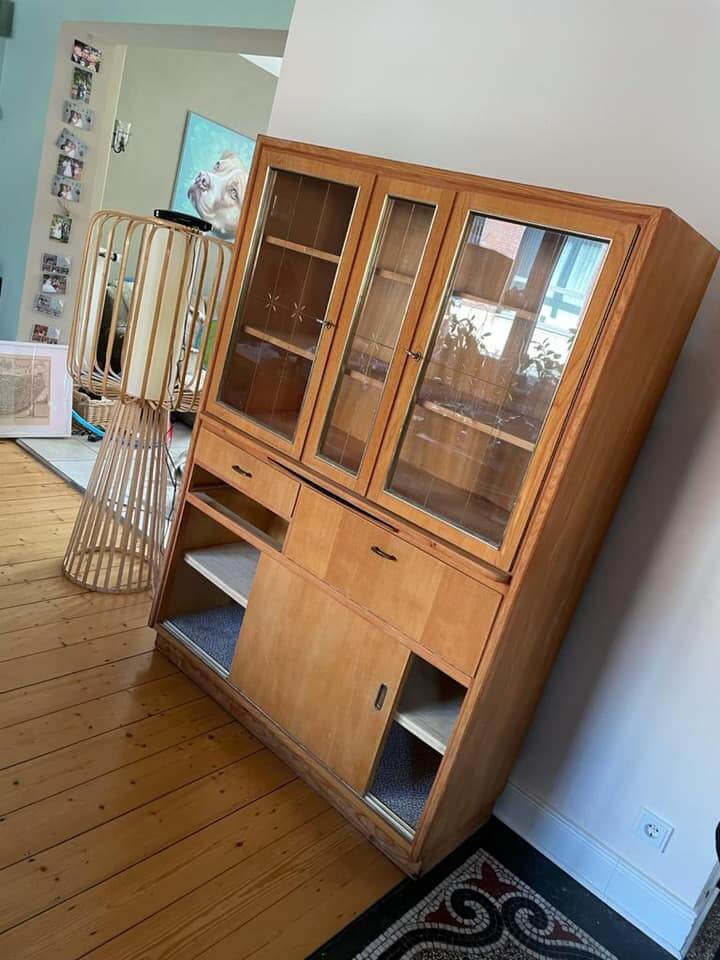
Before
- Somehow the old wardrobe didn't really want to fit in with the rest of the furniture.
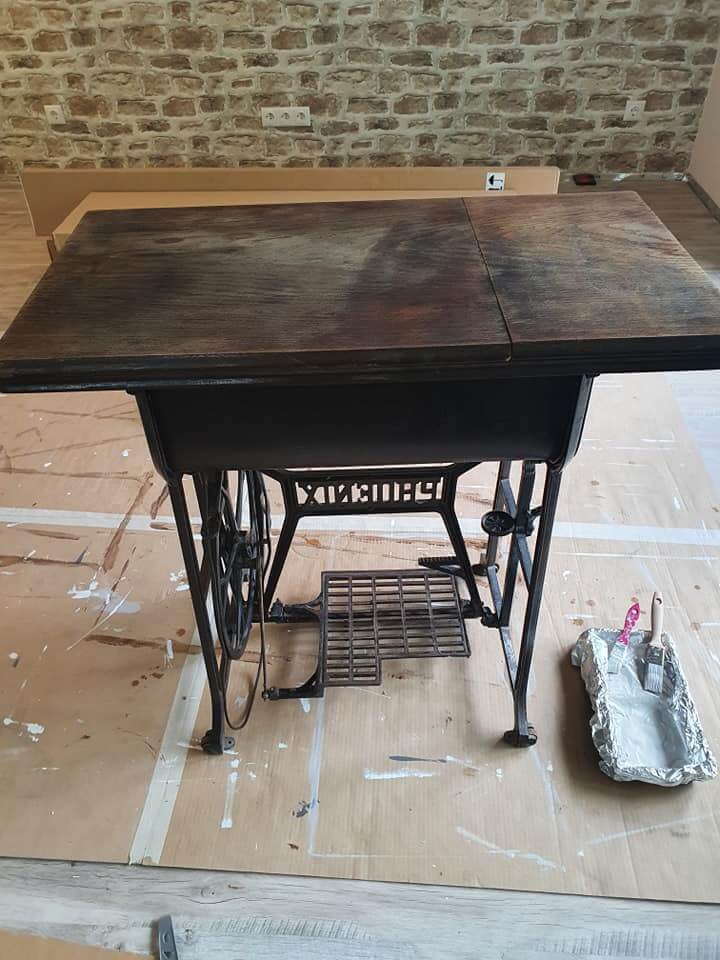
Before
- An old sewing machine table with sentimental value. Far too good to throw away!
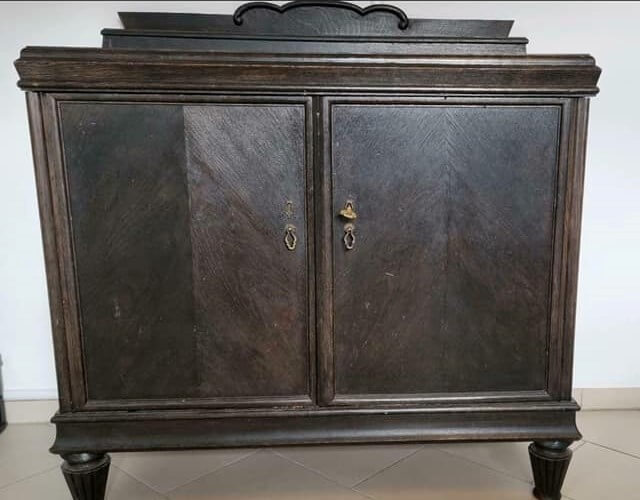
Before
- The ravages of time had left clear traces here. Time for a new coat of paint!
What is retro - and what is the difference to vintage?
The term retro comes from Latin and means "backwards". Retro style is therefore a style of furnishing that is oriented towards expressions of earlier times. There is a wide range of styles.
The retro living style includes
- the French-Nordic style, which is also called romantic vintage style, and
- the Industrial Style or the Mid-Century Style, which is inspired by the shapes and colours of the 1950s and 1960s.
The difference between retro and vintage
Retrodesigns, retro living and furnishing styles and especially retro furniture are - despite the similar look - not the same as vintage.
- Vintage furnishings don't just look "old", they are, because the pieces of furniture really do come from earlier times.
- Retro refers to new furniture that is visually based on old designs
Retro furnishings: design tips and DIY projects
The choice of furniture and the colour scheme of the interior walls depend on the desired era or the preferred interior style. A distinction is made between different styles:
- French-Nordic style:
Nostalgia and romanticism are the order of the day in this interior design style. Use classic French fabrics and materials and set accents with Nordic-cool colours - white, grey, blue. In any case, white dominates this style. The aim is to create a calm, slightly antiquated, romantic ambience that radiates serenity and well-being.
The furniture may be used - traces of use are not only desirable, but are often even specially produced.
As decoration, old vessels made of zinc and enamel go well with it, but also scented candles and soaps - because smells play an important role in this furnishing style.
Colourful, graphic patterns such as diamonds, stripes, large dots in black and white or pastel shades as well as motifs from nature are classic for this style of living.DIY idea: Give your existing furniture the right shabby look with a new coat of white or blue paint.
- Industrial style:
As the name suggests, this style of furnishing is dominated by the use of old industrial furniture as it was in use at the end of the 19th century. This style looks rough and unfinished. Materials such as untreated wood - for example, old workbenches and office chairs - and rusty metal play a major role. The industrial style fits particularly well in a loft, but an ordinary flat can also be individually designed in this way.
Upcycling is the keyword here for furnishing, which is inseparably linked to industrial style. By combining old and new designs, a used wooden table, various old armchairs or an old leather sofa fit in perfectly. You can also build furniture and side tables out of used objects such as wooden pallets or wine crates.
Since the industrial style is very sober, you should avoid using too many playful patterns. Graphic patterns, on the other hand, go well with the industrial style.DIY idea: Give old furniture from the flea market a new style with a new coat of paint. You can easily repaint metal furniture with our metal paints.
- Mid-Century Style:
This style began in the 1940s and continued to develop until the end of the 1960s. It is characterised by straightforward , simple design that often took on streamlined, curvaceous forms in the 50s. Later, the use of tropical woods that were new at the time, such as teak and rosewood, became characteristic of this style.
Clean lines combined with gentle organic curves and patterns are typical of the Mid-Century style.DIY ideas: You can easily adapt existing furniture to this style by repainting it and replacing the legs and handles.
Vintage look for the home: the furniture classics
Beautiful and functional vintage furniture is not easy to come by. On relevant online platforms, in analogue second-hand markets or at flea markets, you can land a lucky strike, e.g. an original kidney table. If you would like to customise these unique pieces even more, or if they need a little love, here are some instructions on how to give your furniture a shabby style makeover.
Retro colours: Find the right colours
If you want to design your home in a certain retro style, choosing the right colour is essential. You can either paint the entire interior in a certain retro colour or only part of the walls. Repainting your furniture is an easy way to accentuate and give it a new look. We have the right retro colour scheme for all styles:
- French-Nordic style:
The colour spectrum for this style is soft and muted and includes many shades of white. Beiges, light greys and, used sparingly, pastel greens, pinks and pale purples are the key tones.
Take a look at our LittlePomp colour selection - you'll find many colours that are muted with a little grey and are perfect for a retro wall paint.
- Industrial style:
For the industrial style, it is best to use cool white tones and grey in all shades of intensity - from very light to an almost black anthracite, which is also suitable as wall paint.
Grey tones such as the dark Grey with Black or the almost black Black with Slate are also suitable for painting metal furniture. Our house brand MissPompadour - Black with Velvet is a colour shade for your furniture that perfectly matches this style of living.
- Mid-century style:
As retro wall paints, off-white tones are suitable for the mid-century style and strong colours are suitable for the design of individual walls or as accent colours for furniture - use the colour scheme of petrol, blue to dark green here. Honey-coloured woods, which are typical of the Mid-Century style, stand out particularly well against this.
True-to-original vintage looks with chalk paint
To give your home a vintage retro style, we recommend giving your walls and furniture a matt look.
The velvety matt chalk colours in particular, such as our LittlePomp chalk paints, are perfect for retro-style walls. Their chalky look gives the room a nostalgic atmosphere in which you can sit back and relax.
Paint your furniture with our matt varnishes to match. The chalk varnishes from LittlePomp and CosyColours are of course ideal for this. But the powdery matt varnish doesn't reflect light either and is reminiscent of elegant times gone by. If you want a smoother look, we recommend our Eggshell Varnish. Despite its completely velvety surface, it retains a smooth texture that can be easily wiped clean. Our varnishes are particularly stable and impress not only with their future-oriented production, but also with their opacity and luminosity.
FAQ: Frequently asked questions
To make sure that no questions remain unanswered, we have compiled the most frequently asked questions for you here
Which wall paint goes well with dark wood furniture?
Dark wood furniture often complements well with a reddish shade. It's also nice to combine it with cooler colours like grey or mint. In any case, the colours you combine with wood depend on the retro style you want.
White is, of course, the classic - but if you find it too boring or hard to combine, use a soft, warm cream, beige, camel or sand. These tones work very harmoniously with dark furniture and any kind of wood. This gives your room a calming overall effect in which you don't need many colour accents.
Which wall paint goes well with vintage furniture?
If you want to give your vintage furniture the most beautiful setting possible, go for muted colours such as creamy white or soft earth tones. This will ensure that your beloved piece of furniture is the absolute star of the room. If you decide to go for a strong, bright wall paint, it should of course match the colour of the piece of furniture.
How do I paint wood with a vintage look?
Here's a quick guide on how to paint your furniture with a vintage look:
- Clean the furniture well - it must be free of dust and grease
- If necessary, pre-paint with MissPompadour - To Bond & Block
- Allow to dry and apply the desired colour several times
- sand the desired areas with sandpaper (medium grit) to imitate signs of use
- If desired, apply additional coloured wax to accentuate certain areas
How old does vintage have to be?
Vintage refers to really old pieces of furniture that were usually made between 1920 and 1980.

